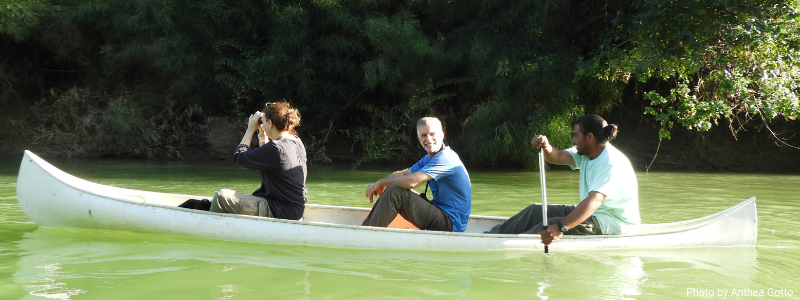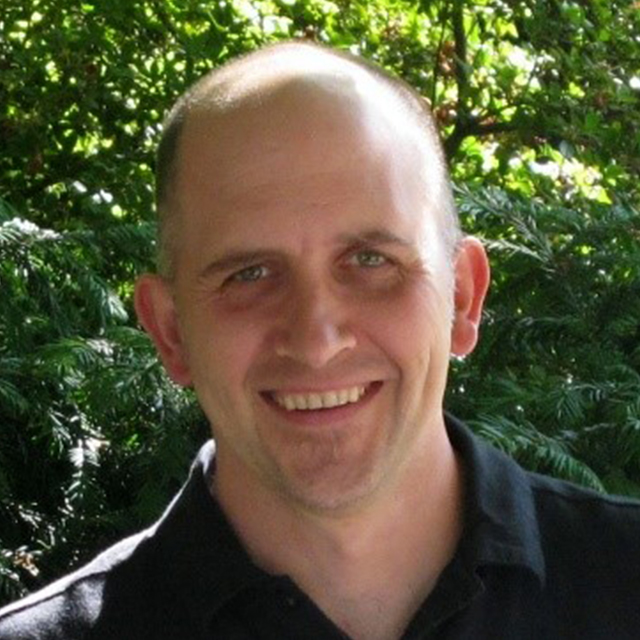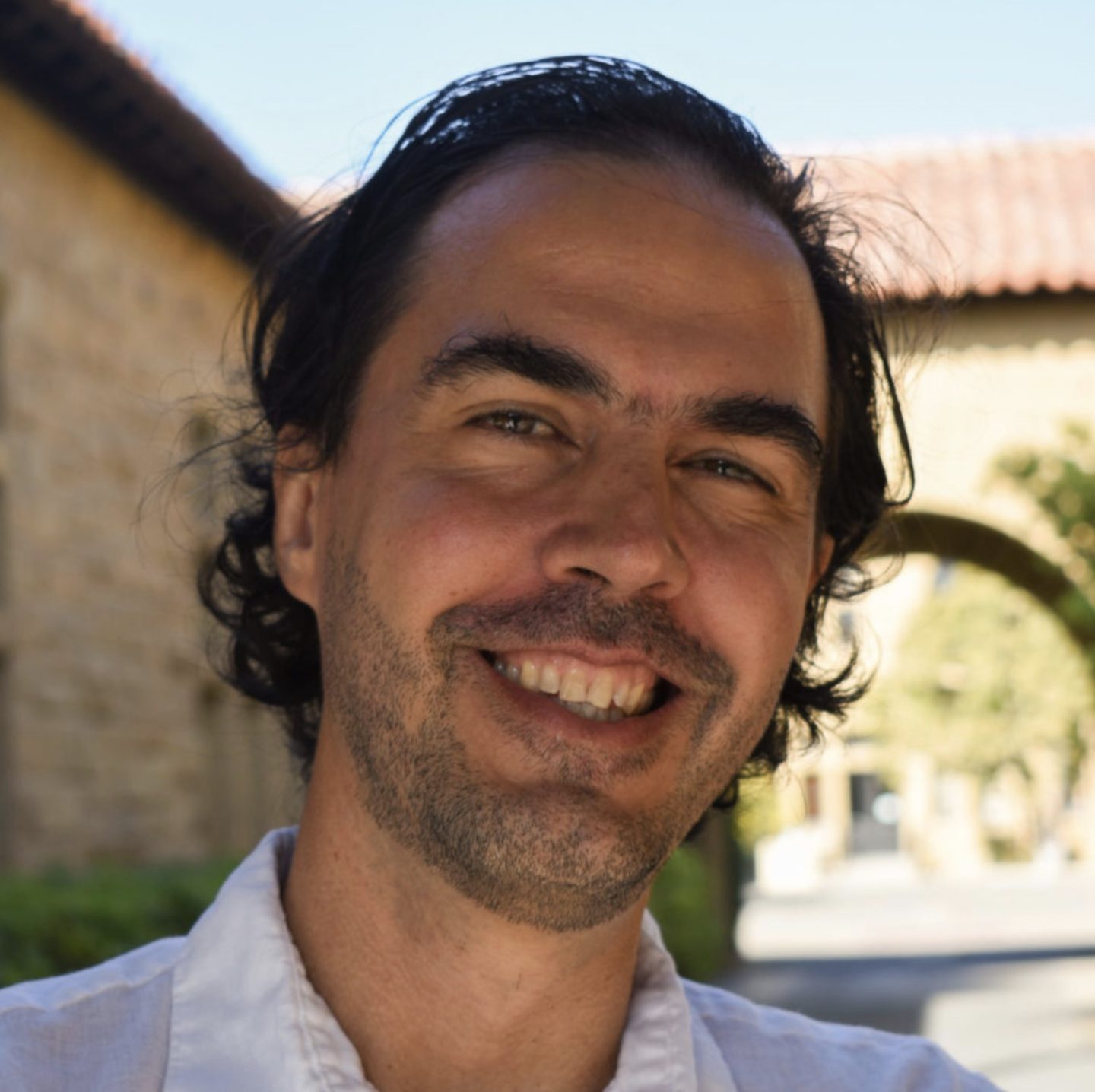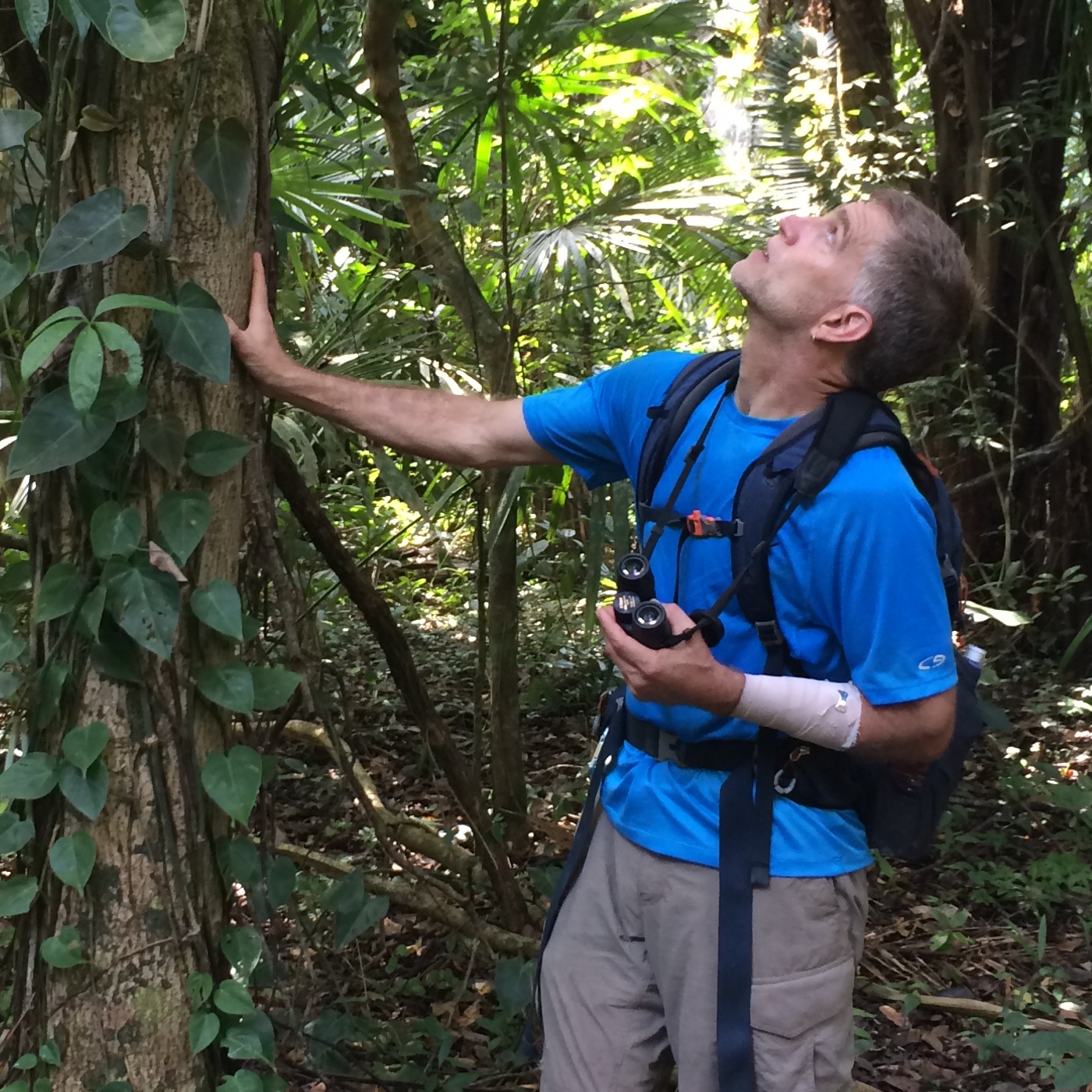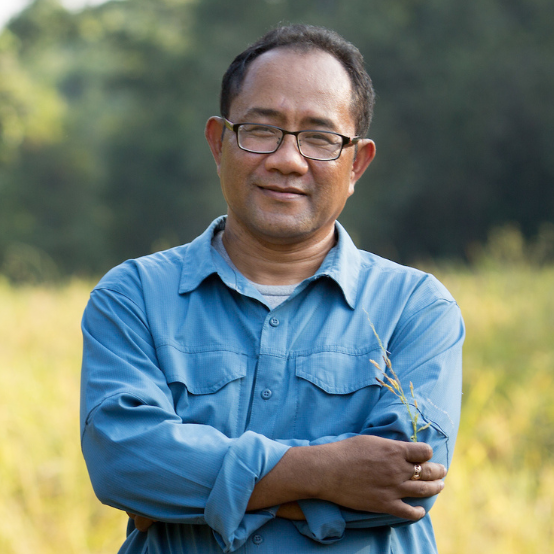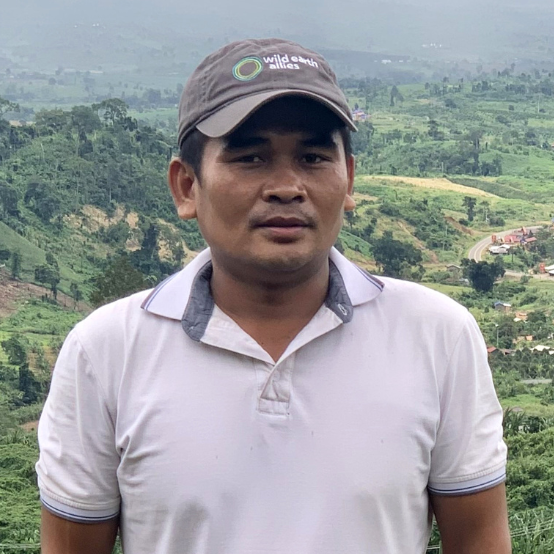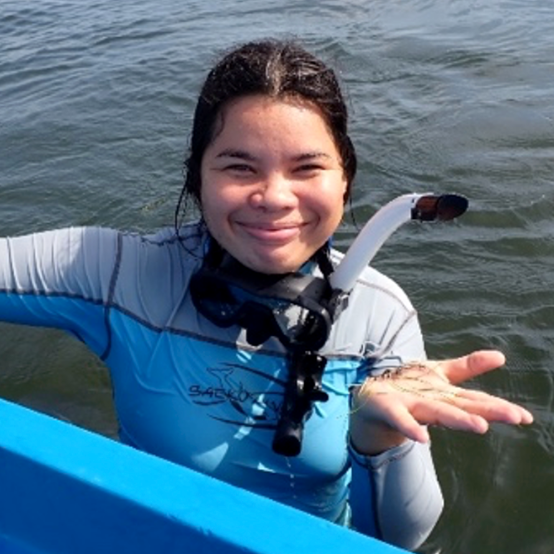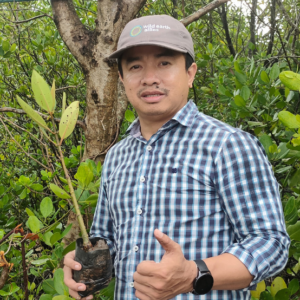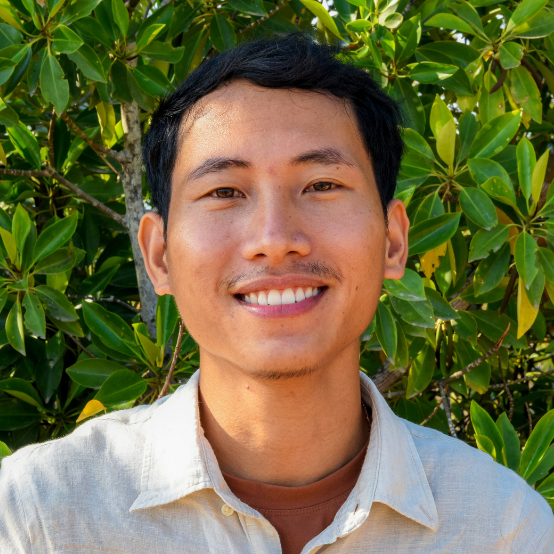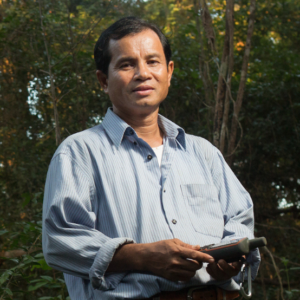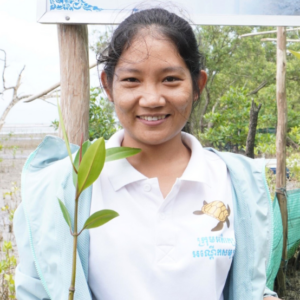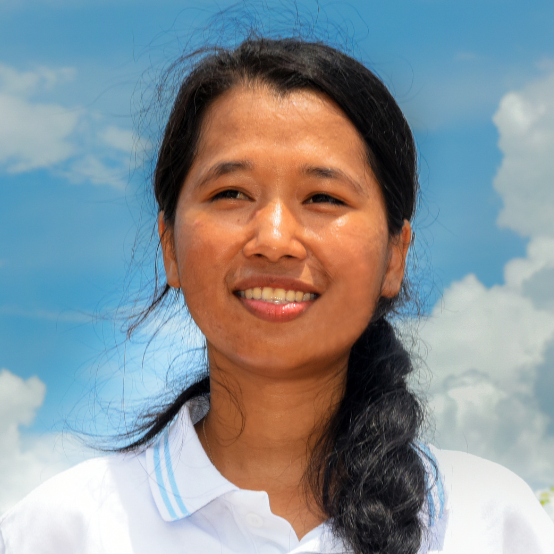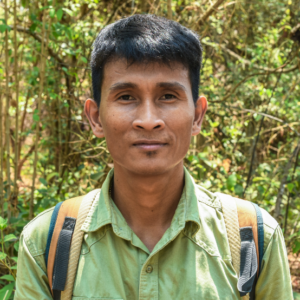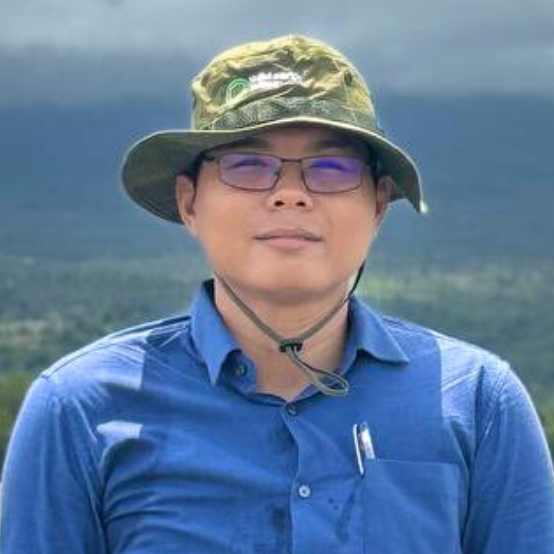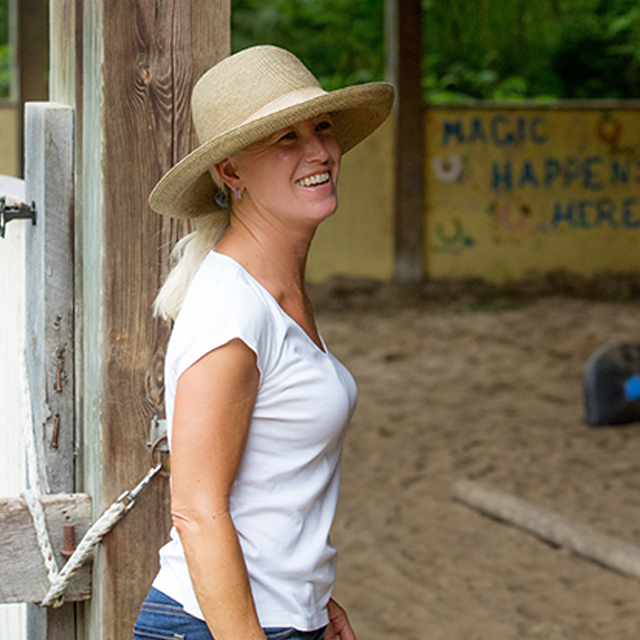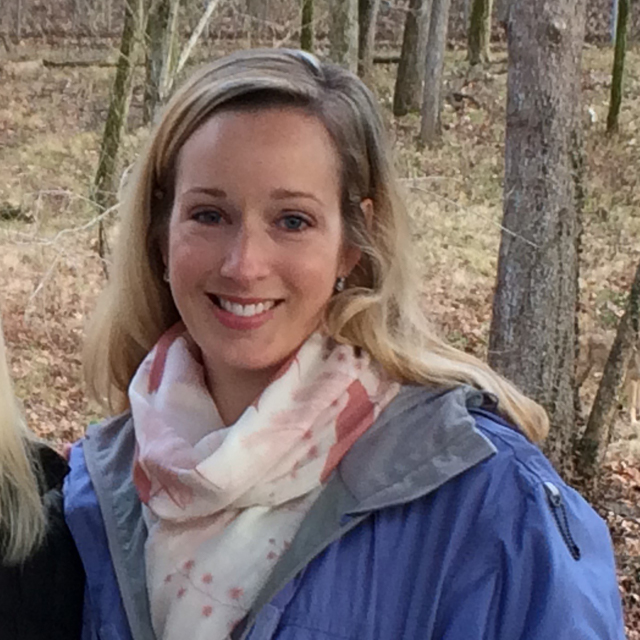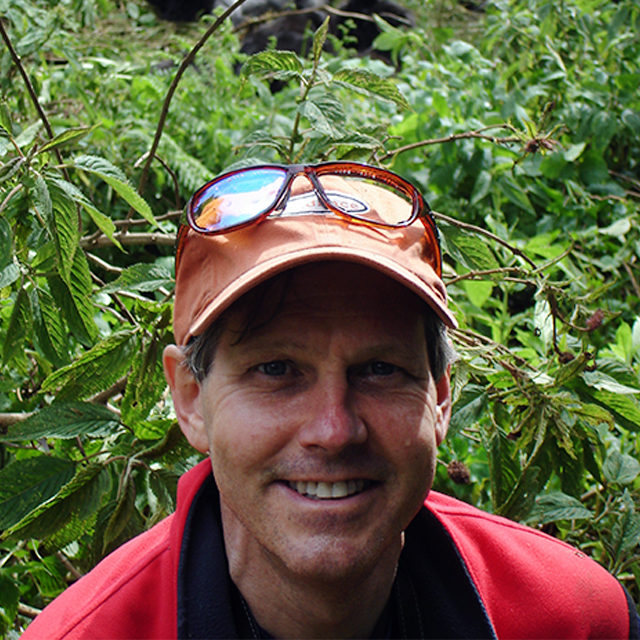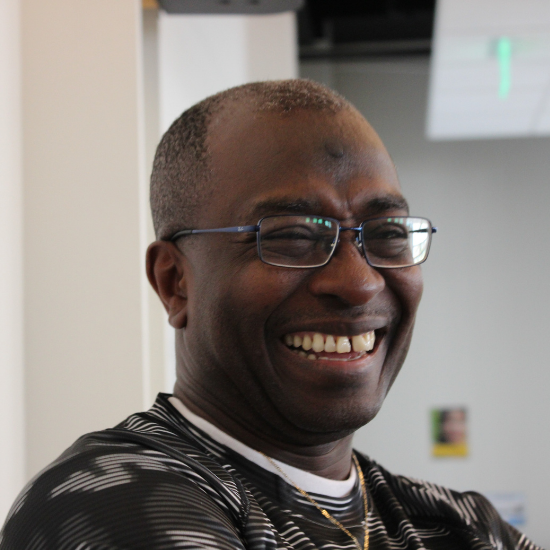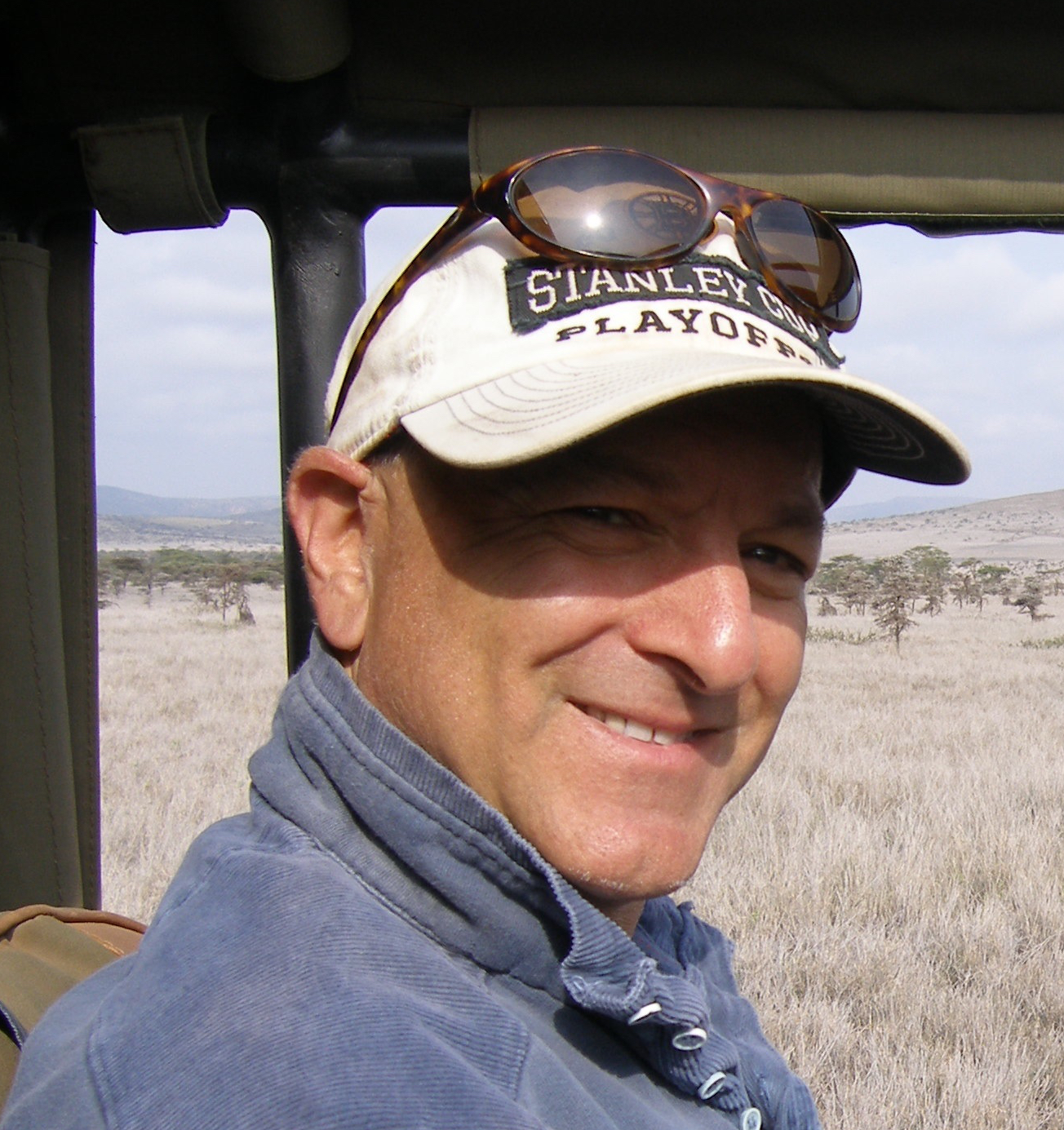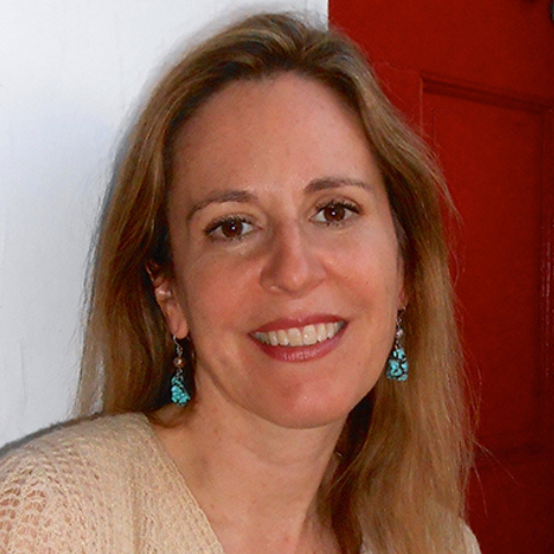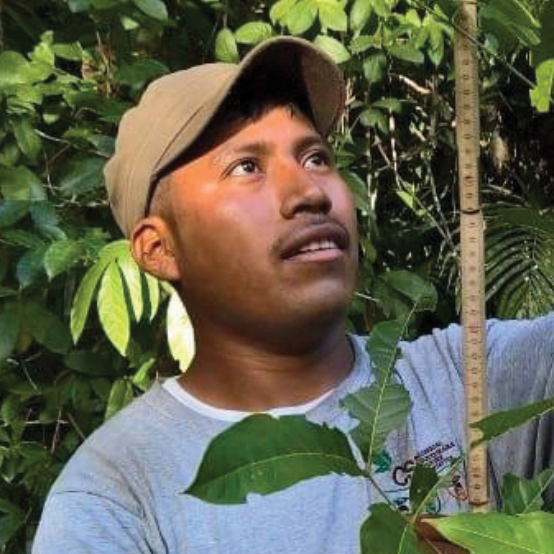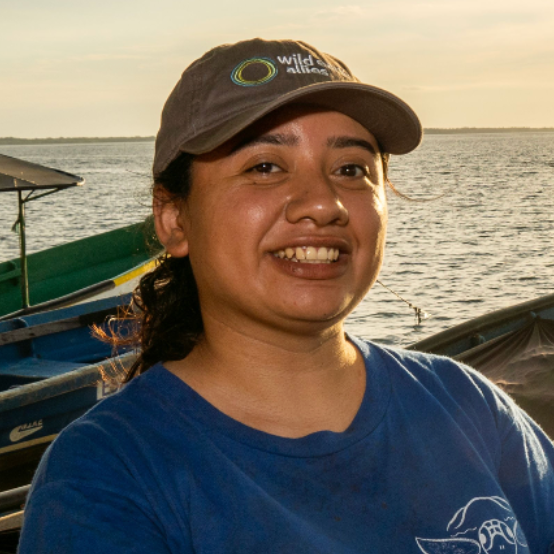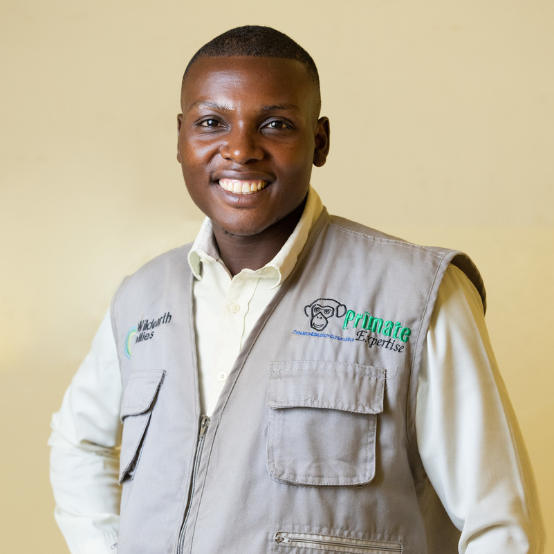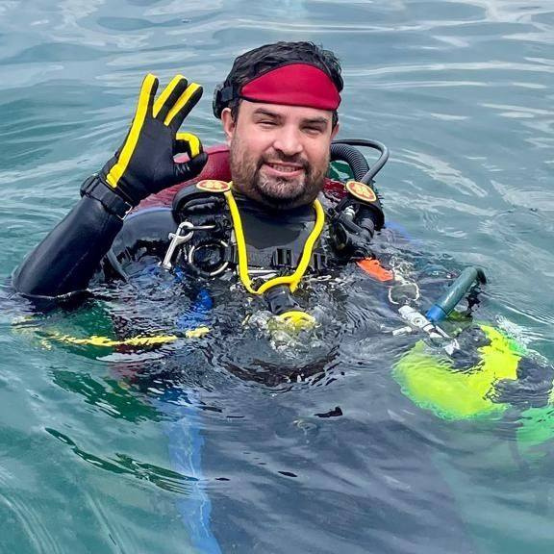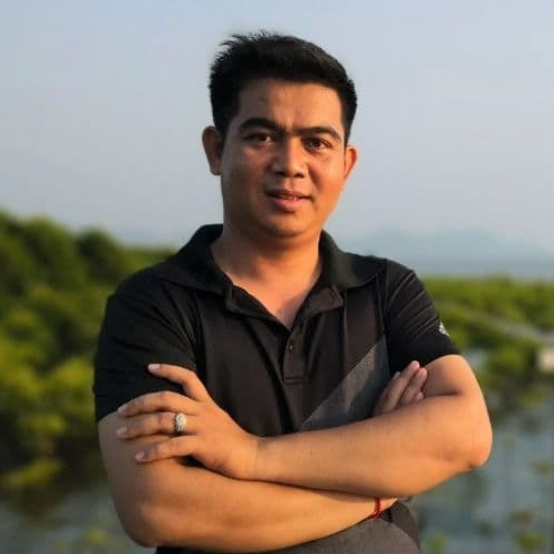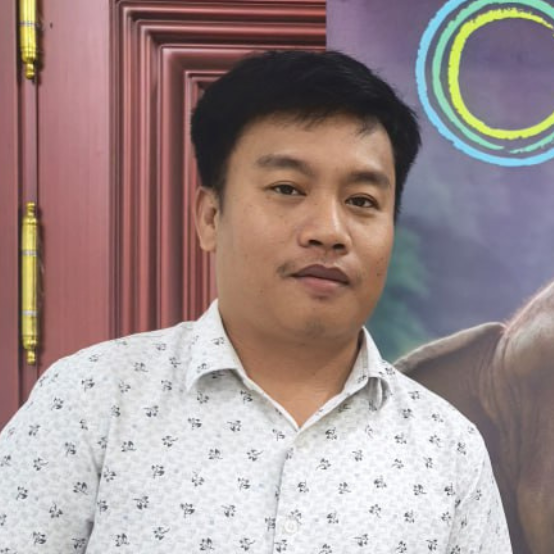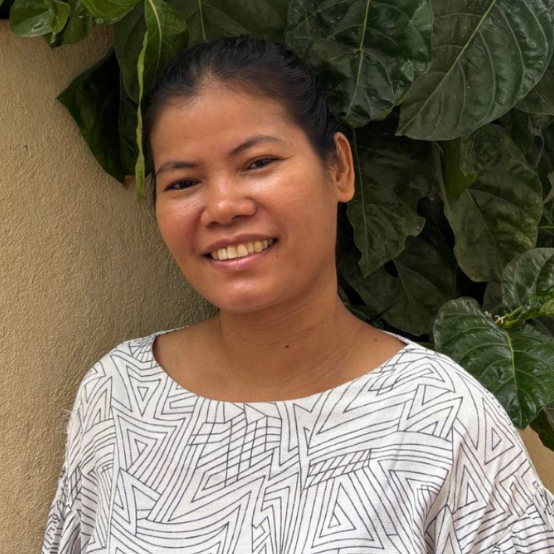Days before our planned departure to Belize with a small group of our Board members and supporters, I received a call from our trip leader, botanist Dr. Steven Brewer. He excitedly reported that a tree species he found with colleagues in 1997 was coming into flower and fruiting for the first time in more than a decade. Seeing this would help him to determine whether it was a new species for Belize.
For someone who has devoted more than 20 years of his life to documenting all the tree species in Belize – currently numbering 1,199 – it doesn’t get more exciting than this. Promising me that he’d emerge from the forest in time to lead our trip as planned, he ended our call and headed in search of his tree.
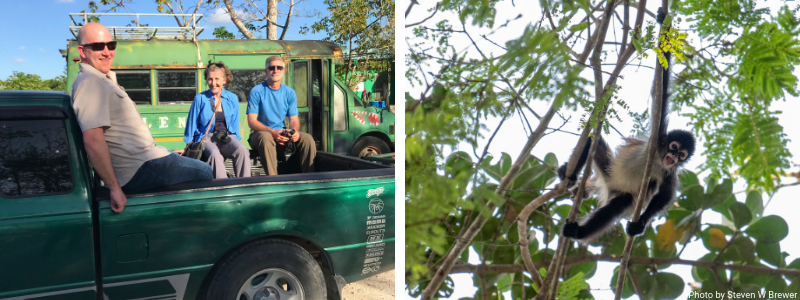
We found Steven about four days later in a parking lot near the Belize City airport, looking field-worn but happy. In our hurried call before he left, I remembered that he had been a bit concerned about how he would get high enough in the tree to collect the fruits, in that he had no time to get the right climbing gear.
It turned out he had an excellent assistant. When Steven reached the tree, he found a family of spider monkeys gorging on the flowers and throwing branches down as they ate. Thanks to these hungry monkeys, Steven had everything he needed to make the assessment.
I won’t spoil a future journal paper about this tree species here, but Steven delighted our group with this exploration story. Indeed, his deep curiosity about the natural world – and his clear passion for trees – turned out to be quite contagious and our trip became one of botanic discovery and wonder.
And, we kept finding monkeys enjoying fruiting trees! Just outside of the Cockscomb Basin Wildlife Sanctuary we spotted howler monkeys enjoying flowers from a stunning quamwood tree. These were lovely lessons in ecosystem function and interdependence.
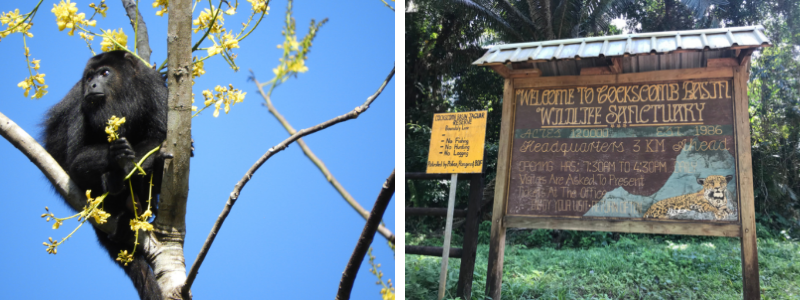 A howler monkey rests in a quamwood tree in the Cockscomb Basin Wildlife Sanctuary (left); Entrance to Cockscomb (right).
A howler monkey rests in a quamwood tree in the Cockscomb Basin Wildlife Sanctuary (left); Entrance to Cockscomb (right).
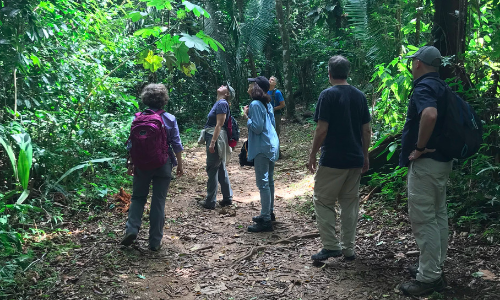 Our group was struck by the rich biodiversity of Belize and inspired by the potential to conserve some of the most intact rainforests in Mesoamerica, for the benefit of people and wildlife. Our efforts in partnership with the University of Belize to grow in-country expertise and interest in botany will involve collaboration with many different organizations and individuals, and ultimately result in the creation of a comprehensive field guide, The Trees of Belize.
Our group was struck by the rich biodiversity of Belize and inspired by the potential to conserve some of the most intact rainforests in Mesoamerica, for the benefit of people and wildlife. Our efforts in partnership with the University of Belize to grow in-country expertise and interest in botany will involve collaboration with many different organizations and individuals, and ultimately result in the creation of a comprehensive field guide, The Trees of Belize.
If you’d like to hear more about this project, ways to sponsor a tree species, or travel opportunities, we want to hear from you. Email us at info@wildearthallies.org.
In 2018, Wild Earth Allies kicked off the Trees of Belize Project, a multi-year effort dedicated to growing and cultivating in-country expertise and interest in botany. Dr. Steven W. Brewer is leading the Trees of Belize project in collaboration with the Environmental Research Institute at the University of Belize.
Consider supporting this effort. Donate today.

